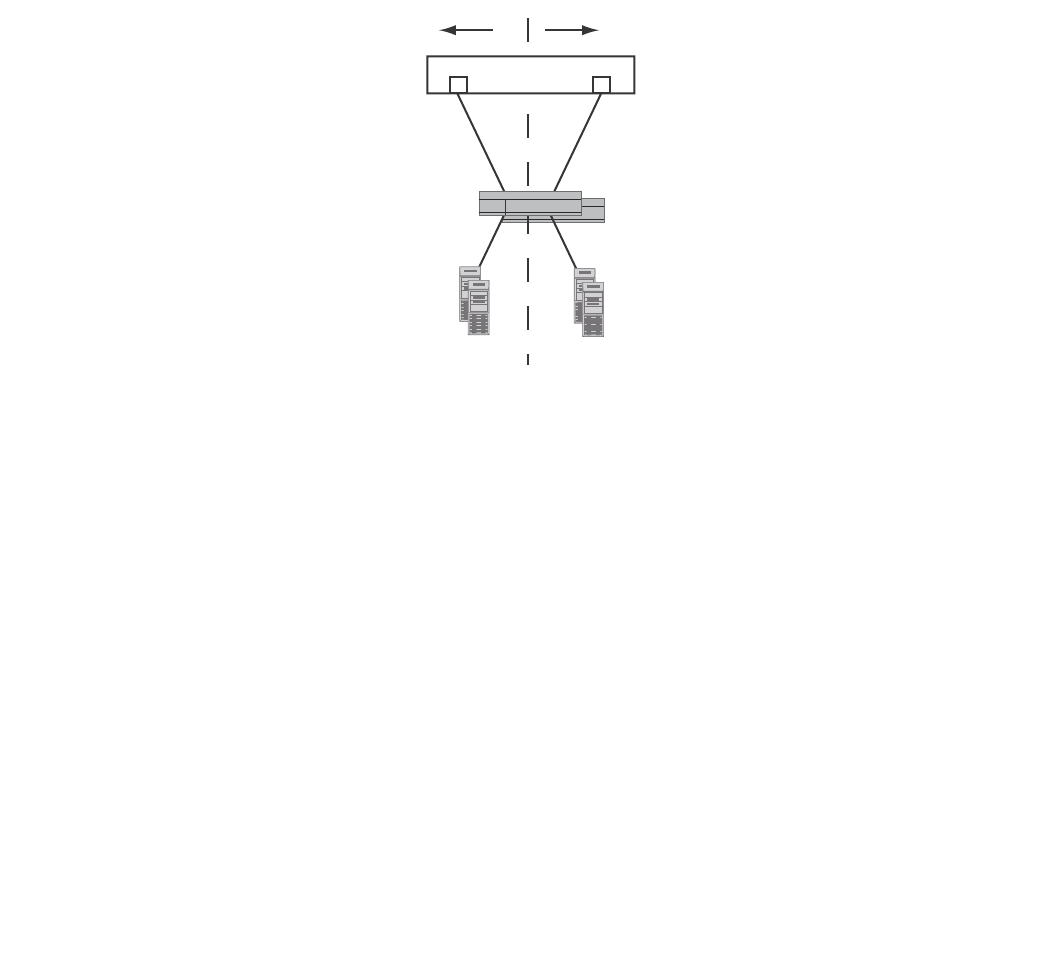Home Theater Server User Manual
Table Of Contents
- Contents
- About This Document
- Network Security
- TCP SYN attacks
- IP TCP syn-proxy
- Granular application of syn-proxy feature
- Syn-def
- No response to non-SYN first packet of a TCP flow
- Prioritizing management traffic
- Peak BP utilization with TRAP
- Transaction Rate Limit (TRL)
- Understanding transaction rate limit
- Configuring transaction rate limit
- Configuring the maximum number of rules
- Saving a TRL configuration
- Transaction rate limit command reference
- Global TRL
- TRL plus security ACL-ID
- security acl-id
- Transaction rate limit hold-down value
- Displaying TRL rules statistics
- Displaying TRL rules in a policy
- Displaying IP address with held down traffic
- Refusing new connections from a specified IP address
- HTTP TRL
- Overview of HTTP TRL
- Configuring HTTP TRL
- Displaying HTTP TRL
- Display all HTTP TRL policies
- Display HTTP TRL policy from index
- Display HTTP TRL policy client
- Display HTTP TRL policy starting from index
- Display HTTP TRL policy matching a regular expression
- Display HTTP TRL policy client index (MP)
- Display HTTP TRL policy client index (BP)
- Display HTTP TRL policy for all client entries (BP)
- Downloading an HTTP TRL policy through TFTP
- HTTP TRL policy commands
- Logging for DoS Attacks
- Maximum connections
- clear statistics dos-attack
- Maximum concurrent connection limit per client
- Firewall load balancing enhancements
- Syn-cookie threshhold trap
- Service port attack protection in hardware
- Traffic segmentation
- DNS attack protection
- Access Control List
- How ServerIron processes ACLs
- Default ACL action
- Types of IP ACLs
- ACL IDs and entries
- ACL entries and the Layer 4 CAM
- Configuring numbered and named ACLs
- Modifying ACLs
- Displaying a list of ACL entries
- Applying an ACLs to interfaces
- ACL logging
- Dropping all fragments that exactly match a flow-based ACL
- Enabling ACL filtering of fragmented packets
- Enabling hardware filtering for packets denied by flow-based ACLs
- Enabling strict TCP or UDP mode for flow-based ACLs
- ACLs and ICMP
- Using ACLs and NAT on the same interface (flow-based ACLs)
- Displaying ACL bindings
- Troubleshooting rule-based ACLs
- IPv6 Access Control Lists
- Network Address Translation
- Syn-Proxy and DoS Protection
- Understanding Syn-Proxy
- Configuring Syn-Proxy
- DDoS protection
- Configuring a security filter
- Configuring a Generic Rule
- Configuring a rule for common attack types
- Configuring a rule for ip-option attack types
- Configuring a rule for icmp-type options
- Configuring a rule for IPv6 ICMP types
- Configuring a rule for IPv6 ext header types
- Binding the filter to an interface
- Clearing DOS attack statistics
- Clearing all DDOS Filter & Attack Counters
- Logging for DoS attacks
- Displaying security filter statistics
- Address-sweep and port-scan logging
- Secure Socket Layer (SSL) Acceleration
- SSL overview
- SSL acceleration on the ServerIron ADX
- Configuring SSL on a ServerIron ADX
- Basic SSL profile configuration
- Advanced SSL profile configuration
- Configuring Real and Virtual Servers for SSL Termination and Proxy Mode
- Configuration Examples for SSL Termination and Proxy Modes
- SSL debug and troubleshooting commands
- Displaying socket information

ServerIron ADX Security Guide 41
53-1002440-03
Traffic segmentation
1
Traffic segmentation using the use-session-for-vip-mac command
By default, as long as there is a session match, packets with a destination IP address of a VIP are
processed regardless of whether the destination MAC is addressed to the ServerIron ADX or not.
With the server use-session-for-vip-mac command configured, only packets with a destination MAC
address of the ServerIron ADX are processed. Packets with a destination IP address of a VIP but a
destination MAC address not belonging to the ServerIron ADX are treated as pass-through traffic.
This feature is useful in traffic segmentation scenarios such as that shown in Figure 3. In the
example, packets entering the ServerIron ADX from rs-domain1 bound for vs-domain2 would, by
default, be switched at the ServerIron ADX to go directly to rs-domain2. If the server
use-session-for-vip-mac command is configured on the ServerIron ADX, the packets are sent up to
the firewall where they are subject to the security settings before being sent back down to the
ServerIron ADX for forwarding to the VIP.
FIGURE 3 Traffic Segmentation
This feature is configured as shown in the following.
ServerIron(config)# server use-session-for-vip-mac
Syntax: [no] server use-session-for-vip-mac
ServerIron ADX
VLAN 20
vs-domain1: 192.168.32.10
link 1
e1
e2
e1
e2
Firewall
VLAN 40
e4
e4
link1
link 2
vs-domain2: 192.168.33.10
rs-domain1:
192.168.32.11
GW: 192.168.32.1
rs-domain2:
192.168.33.11
GW: 192.168.33.1
IP: 192.168.32.1 IP: 192.168.33.1










